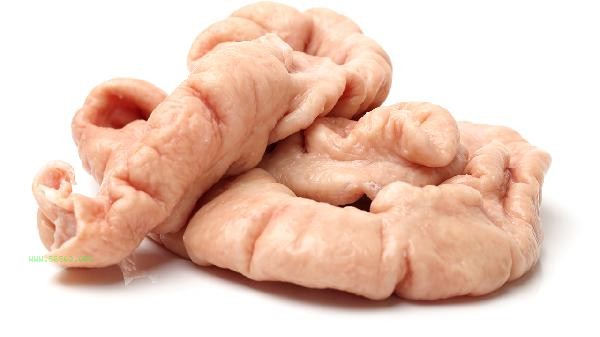Muscle cramps throughout the body may be related to factors such as calcium deficiency, electrolyte imbalance, excessive exercise, poor blood circulation, and neuromuscular disorders. Cramps usually manifest as sudden involuntary muscle contractions accompanied by pain, which can be relieved by adjusting diet, replenishing fluids, and moderate stretching.

1. Calcium deficiency
Calcium ions play a crucial role in muscle contraction and relaxation. When the calcium concentration in the blood is low, the excitability of nerves and muscles increases, which can easily lead to muscle spasms. Insufficient intake of calcium rich foods such as dairy products, soy products, and green leafy vegetables in daily diet, or the presence of vitamin D deficiency that affects calcium absorption, may induce frequent cramps. It is recommended to supplement calcium through a balanced diet and use calcium supplements under the guidance of a doctor if necessary.
2. Electrolyte imbalance
Excessive sweating, diarrhea, or insufficient water intake may lead to the loss of electrolytes such as sodium, potassium, and magnesium. These minerals are involved in nerve signal transduction and muscle function regulation, and are prone to systemic muscle spasms when lacking. Timely supplementation of electrolyte containing drinks after exercise, and consumption of potassium and magnesium rich foods such as bananas and nuts can help prevent cramps. Severe dehydration or electrolyte imbalance requires medical attention for intravenous fluid replacement therapy.
3. Excessive exercise
Lactic acid accumulation after intense exercise can lead to muscle fatigue, and insufficient warm-up or incorrect posture before exercise may cause local muscle tension. Sudden increase in exercise intensity and prolonged maintenance of a fixed posture may also induce spasms. Before and after exercise, muscles should be fully stretched, gradually increasing the amount of training. During exercise, pay attention to maintaining the correct posture, and gently massage to relieve cramps.

4. Poor blood circulation
Prolonged sitting, standing, cold stimulation, or vascular disease may lead to poor blood circulation in the extremities. When there is insufficient oxygen supply to muscle tissue, metabolic waste accumulates, leading to spasms. Patients with diabetes, pregnant women or patients with varicose veins are more likely to have this kind of situation. It is recommended to engage in regular physical activity, wear loose clothing, and soak feet in warm water before bedtime to promote blood circulation.
5. Neuromuscular disorders
Peripheral neuropathy, multiple sclerosis and other neurological diseases, or metabolic diseases such as thyroid dysfunction and renal insufficiency may interfere with neuromuscular conduction. These types of cramps often recur and are accompanied by other symptoms such as limb numbness, muscle weakness, etc. It is necessary to determine the cause through electromyography, blood tests, etc., and treat the primary disease accordingly.

To prevent muscle cramps throughout the body, it is important to maintain a regular sleep routine and avoid sudden cold stimulation. Daily diet should include sufficient dairy products, dark vegetables, and whole grains. Wear breathable clothing and warm up during exercise. Middle aged and elderly people can increase their exposure to sunlight appropriately to promote calcium absorption. Pregnant women are recommended to supplement magnesium preparations under the guidance of a doctor. If cramps occur frequently and are accompanied by symptoms such as swelling and muscle weakness, it is necessary to promptly investigate neurological or metabolic diseases.








Comments (0)
Leave a Comment
No comments yet
Be the first to share your thoughts!